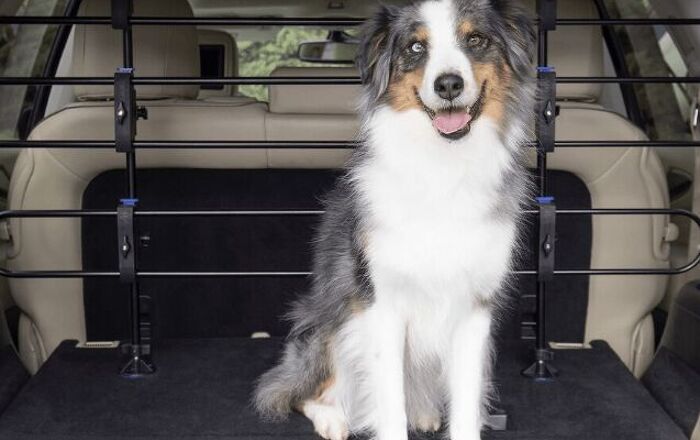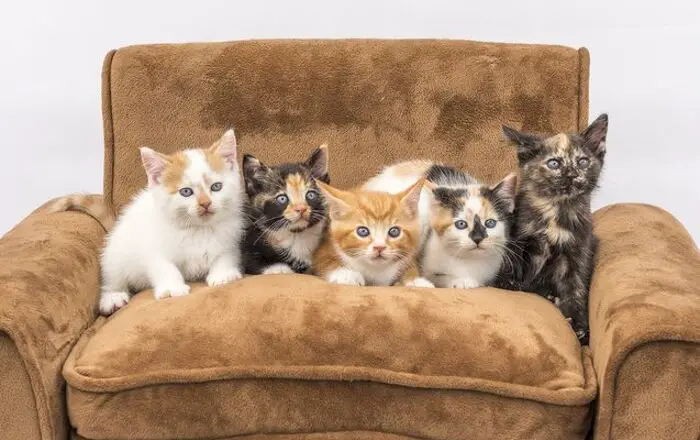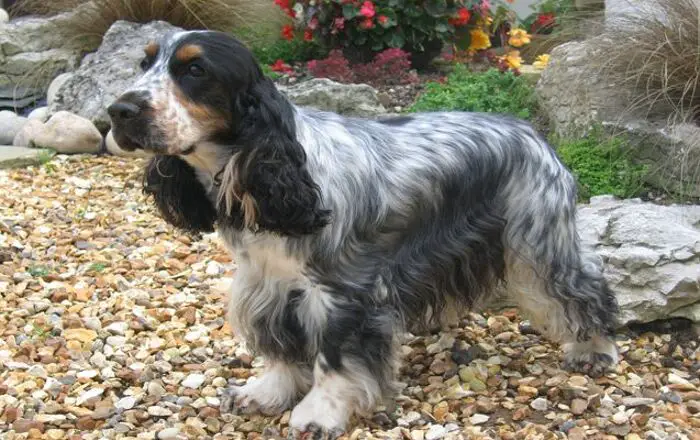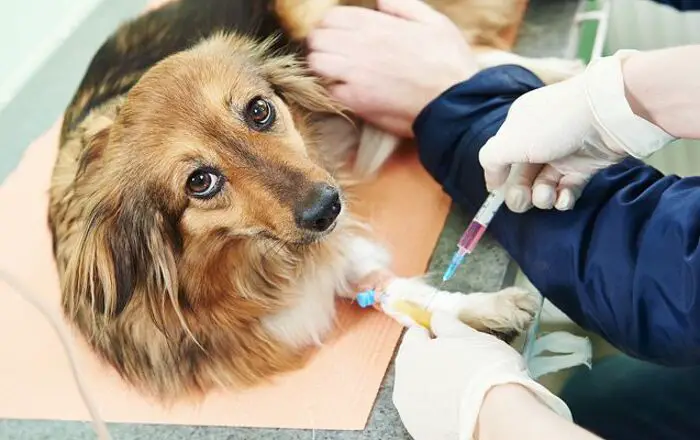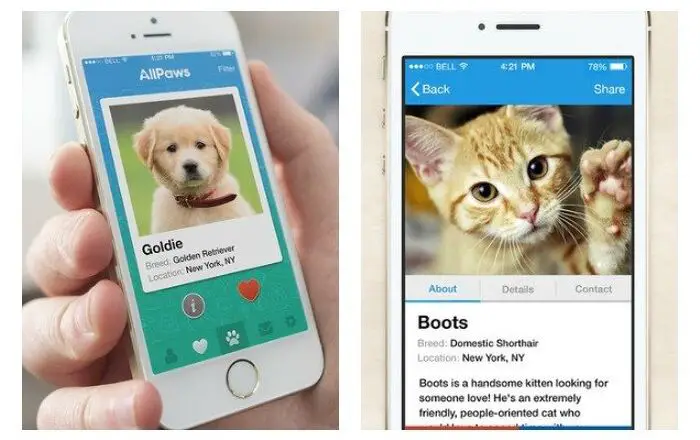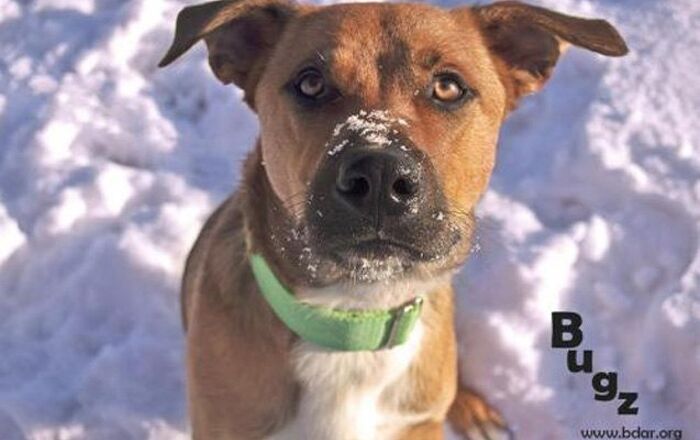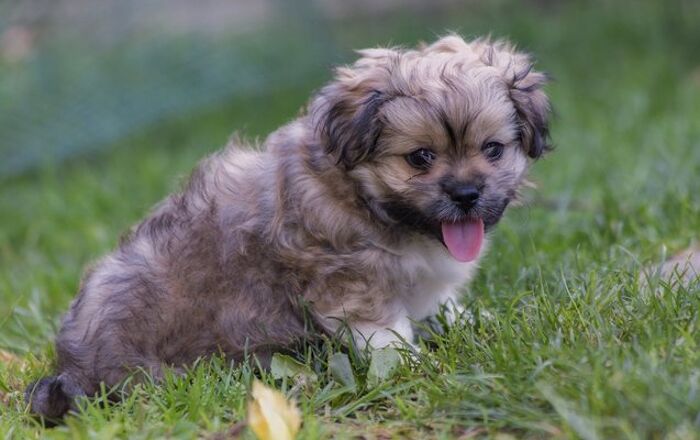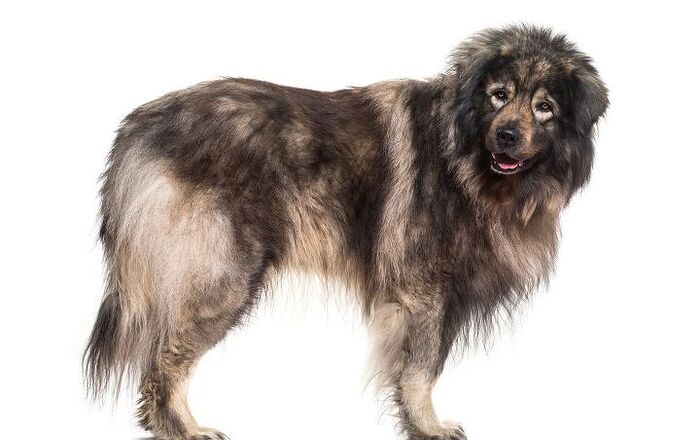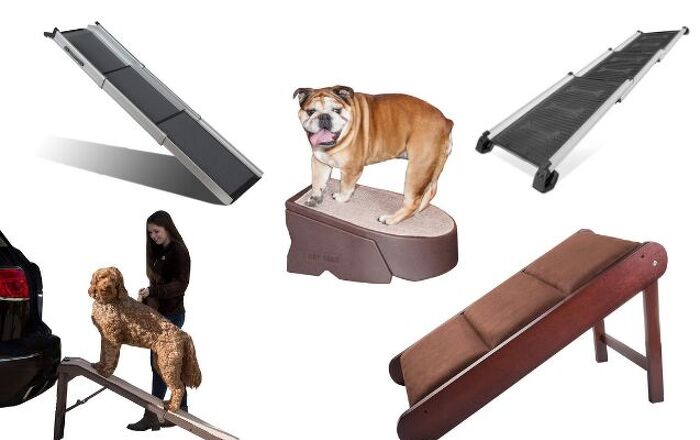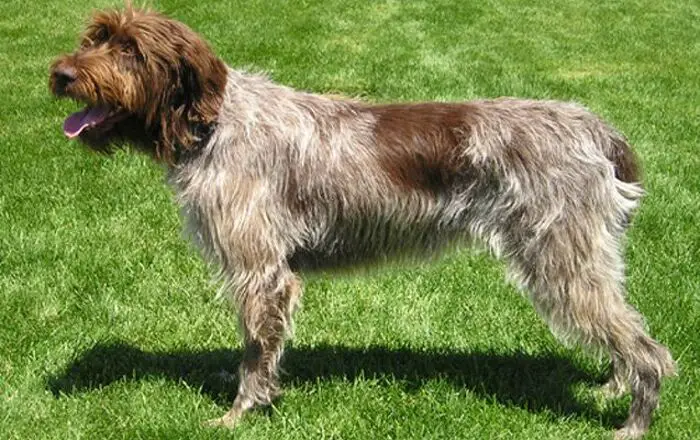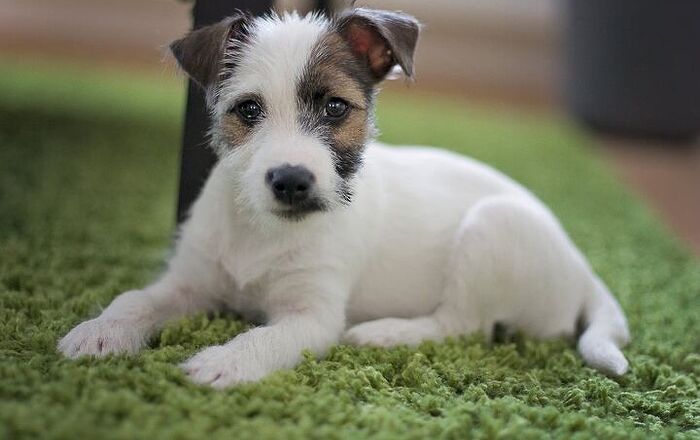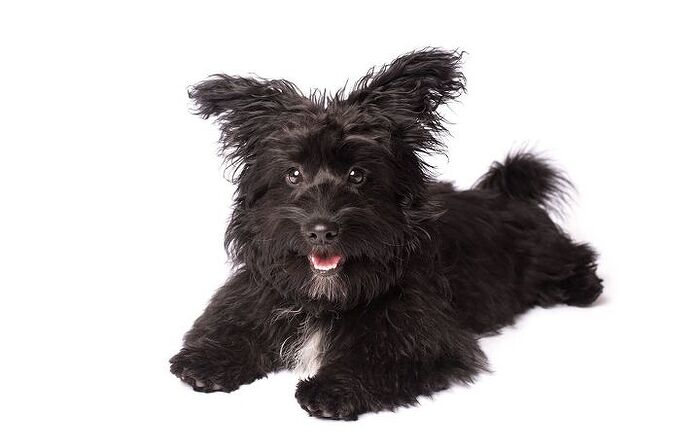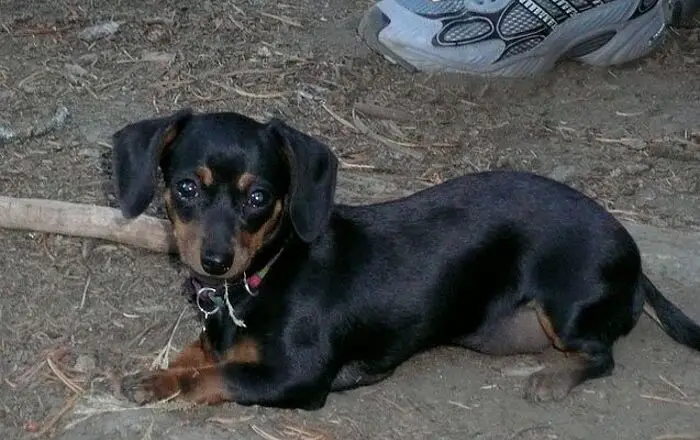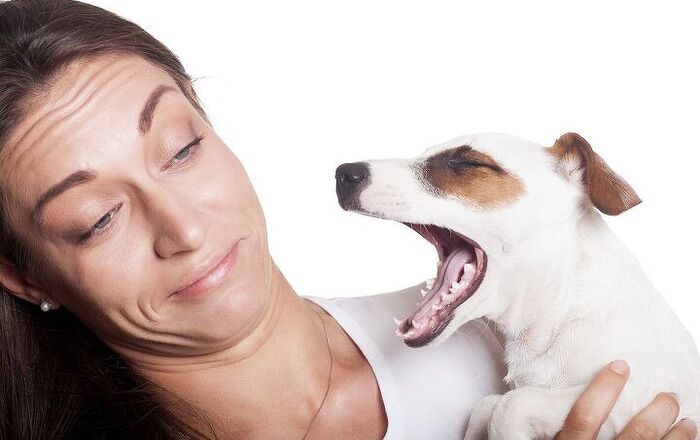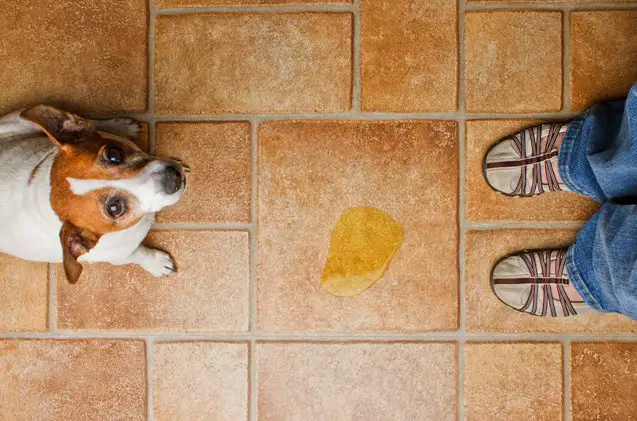
Does your old dog need a refresher course? We’ve got essential tips on how to house train an older dog.
Just because your pooch is no longer a puppy, it doesn’t mean that your house training days are behind you. When your dog starts getting on in age, you may have to revisit the process once again. It’s true that most adult dogs can hold it for up to eight hours without an accident, but it’s not an unwritten rule. As dogs get older, they can experience certain health issues which can reflect on their potty habits. That’s why it is important to eliminate health reasons as the underlying factor of your adult’s dog new behaviors.
Each dog has a unique personality- the same as people, so it’s important to examine all the potential reasons before starting to house train an older dog from the start again. If your adult dog starts abruptly having “accidents” around the home more than once or twice a month, and they are not sick, it’s time for a refresher course. Don’t panic, though- with a few useful tips and tricks, your dog will be back to his best self in no time. The knowledge is there, they just need a bit of a nudge. Check out our handy tips on how to house train an older dog if you want to make sure your refresher course is a raging success!
If your pooch has been house trained but suddenly starts peeing or pooping in the house, it might not be that they’ve forgotten their manners. Parasites, viral infections, urinary tract issues, IBD and other medical conditions could be what’s messing up your dog’s toilet schedule and causing them to go potty at unusual places and unusual times of the day.
Similarly, stress and anxiety can influence your pooch tremendously, especially when it comes to their potty routine. A change of their well-known routine can cause behavioral issues, such as introducing a new family member, be it a baby or a new pet, or moving to a new home. Rescue dogs can be confused and excited about a completely new family and environment, so it could just take some time for them to get adjusted to everything before settling in their potty schedule- even when they are fully housetrained.
It’s all about routine. You dog’s potty breaks will need to be on a set routine. For example, you’ll want to take your dog out first thing in the morning, after breakfast, at lunch, in the afternoon, at dinner and before bed. Yes, we realize that there are a lot of potty breaks in this routine and it may not fit in with your personal schedule. But it won’t take long to see that a consistent schedule will make it easier to house train your older dog.
Once outside, go right to the elimination area. This is the place where your dog feels most comfortable peeing. Don’t let your dog sniff around – make sure your dog gets right down to business. Head right for the spot and tell your dog to get busy (or whatever verbal command you use). Stay at that spot until he’s finished up. Once he’s finished up, offer up lots of praise and even a treat. Your dog will see how happy you are and he’ll want to keep doing it.
Watch for clues that he has to go pee. Dogs might not know how to speak, but they can sure use body language to get their message across! Your pooch might be signaling you that he needs to go potty, but you could be misinterpreting the signs. Keep an eye out for pacing, squirming, jumping up, or whining. Take every sign seriously… even if you’re making 20 trips outside a day. You could look at as just one of the many perks of pet parenting- you can rack up those Fitbit steps much easier than a person without a dog. Silver lining, y’all.
When you’re not around, use a crate. If you can’t keep an eye on your dog, you may want to leave him in a crate. Please remember that this isn’t an all-day solution, just for times when direct supervision isn’t possible. If you can’t be at home all day, hire a dog walker to come by. You should never leave a dog in a crate all day long. Because the crate is where your dog sleeps, he won’t want to pee in it.
If your dog does have an accident indoors, clean the area right away. Dogs tend to go pee in the same place, so this will help prevent repeat accidents. Put some elbow grease into it – use a scrub brush and a spray to take away any lingering smells. There are plenty of odor-eliminating neutralizing products designed for pets, so if you are worried that scents will remain despite your vigorous scrubbing, there are options. Also, in case you can smell the pee but can’t locate the spot- use UV light to find out where your dog is urinating.
If your dog is getting ready to pee inside, stop him before it happens. You need to distract him… and fast! This can be done by clapping your hands, using verbal command or making a loud noise. It’s hard to pee with all that going on around you. Take him outside to let him do his business and finish up with lots of praise.
As we finish up with our tips on how to house train an older dog, you need to be consistent to break this habit. If not, your dog will go back to his old ways. Even when house training is going well, don’t stop being vigilant. Keep up with the schedule even after he stops having indoor accidents. And don’t leave your dog alone for really long periods of time – it’s unreasonable to think that an older dog can hold it for hours on end.
